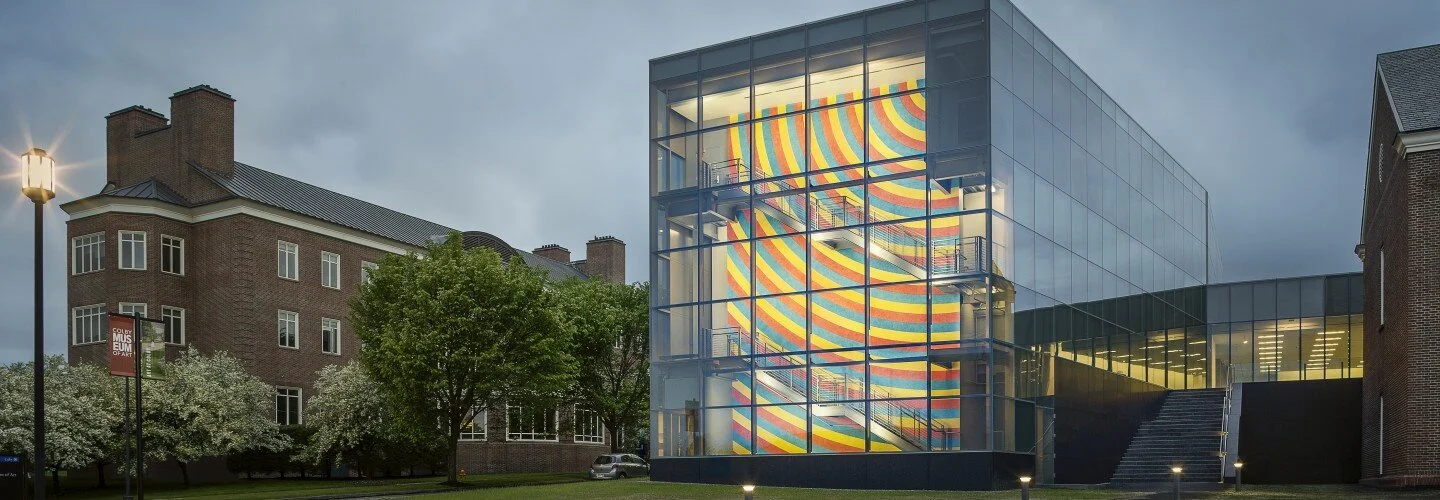From The New England Journal of Higher Education, a service of The New England Board of Higher Education (nebhe.org)
In October 2019, NEBHE called together a group of economists and higher education leaders for a meeting at the Federal Reserve Bank of Boston to discuss the future of higher education (Preparing for Another Recession?). No one suspected that just months later, a global pandemic would turn the world upside down. Today, the same challenges highlighted at the meeting persist. The pandemic has only amplified the situation and accelerated the timeline. It also has forced the hands of institutions to advance some of the changes that will sustain higher education institutions through this crisis and beyond.
At the October 2019 meeting, the panelists identified the primary challenges facing colleges and universities: a declining pool of traditional-aged students, mounting student debt, increasing student-loan-default rates and growing income inequality.
Taken together, these trends were creating a perfect storm, simultaneously putting a college education out of reach for more and more students and forcing some New England higher-education institutions to close or merge with other institutions. Those trends were expected to continue.
Just three months later, COVID-19 had begun spreading across the U.S., and the education system had to shut down in-person learning. Students returned home to finish the semester. Higher-education institutions were forced to go fully remote in a matter of weeks. Institutions struggled to deliver content and keep students engaged. Inequities across the system were accentuated, as many students faced connectivity obstacles. Households felt the economic crunch as the unemployment rate increased sharply.
By summer, the pandemic was in full swing. Higher-education institutions looked to the fall. They had to convince students and their families that it would be safe to return to campus in an uncertain and potentially dangerous environment. Safety measures introduced new budgetary challenges: physical infrastructure upgrades, PPE and the development of screening and testing regimens.
In the fall, students resumed their education through combinations of remote and in-person instruction. Activities and engagement looked very different due to health and safety protocols. Many institutions experienced a larger than usual summer melt due to concerns from students and families about COVID and the college experience.
Despite these added challenges, New England higher-education institutions have adapted to keep students engaged in their education, but are running on small margins and expending unbudgeted funds to continue operations during the public-health crisis. Recruiting the next class of students is proving to be a challenge. The shrinking pool of recruits will contract even more and reaching them is much more difficult. Many low- and moderate-income families will find accessing higher education even harder and may choose to defer postsecondary learning.
Change is difficult but a crisis can provide necessary motivation. Maine institutions are using this opportunity to make the changes needed to address the current crisis that will also set them on a more sustainable path over the long term. Maine has a competitive advantage relative to the nation. A low-density rural setting and the comprehensive public-health response from Gov. Janet Mills have kept the overall incidence rate down. Public and private higher-education institutions coordinated their response, developed a set of protocols for resuming in-person education that were reviewed by the governor and public health officials, and successfully returned to in-person education in the fall.
In addition, Mills established the Economic Recovery Committee in May and charged the panel with identifying actions and investments that would be necessary to get the Maine economy back on track. This public process has reinforced the critical ties between education and a healthy economy. Not only is higher education a focus of the work, but the governor appointed Thomas College President Laurie Lachance to co-chair the effort. In addition, the governor appointed University of New England (in Biddeford, Maine) President James Herbert, University of Maine at Augusta President Rebecca Wyke, and Southern Maine Community College President Joseph Cassidy to serve on the committee.
At the individual institution level, a wide array of innovations will enable Thomas College to endure the pandemic and position itself for the future. Consider:
Affordability. Most Thomas College students come from low- to medium-income households and are the first in their families to attend college, so-called “first-generation” students. Cost will always be top of mind. For motivated students, Thomas has an accelerated pathway that allows students to earn their bachelor’s degree in three years (sometimes two) and they have the option of doing a plus-one to earn their master’s. This, coupled with generous merit scholarship packages (up to $72,000 of scholarship over four years) and a significant transition to Open Educational Resources to reduce book costs, represents real savings and the opportunity to be earning sooner than their peers.
Student success supports. Accelerated programs (or any program, for that matter) are not viable without purposeful strategies to keep students on track to complete based on their plans. In addition to a traditional array of academic and financial supports, Thomas College has invested in a true wraparound offering serving the whole student. For eligible students, Thomas has a dedicated TRIO Student Support Services program. Funded through a U.S. Department of Education grant, the program provides academic and personal support to students who are first-generation, are from families of modest incomes, or who have an identified disability. The benefits include individualized academic coaching, financial literacy development and college planning support for families. Thomas was also first in the nation to have a College Success program through JMG (Maine’s Jobs for America’s Graduates affiliate). Thomas College has expanded physical- and mental- health services in the wake of the pandemic, including our innovative Get Out And Live program, which uses Maine’s vast natural setting to provide a range of exciting four-season, outdoor activities for the whole campus community.
Employability. Thomas College students see preparing for a rewarding career as part of their college experience. This is core to the college’s mission and more important than ever in an uncertain economic environment. It is so important that it is guaranteed through the college’s Guaranteed Job Program. Thomas College’s Centers of Innovation focus on the employability of each student. Students pursue a core academic experience in their chosen field, and staff work with each student starting in their first semester to increase their professional and career development. This means field experiences and internships with Maine’s top employers. About 75 percent of Thomas College students have an internship before graduation. As part of their college experience, Thomas College students are coached to earn professional certificates, licenses and digital badges prior to graduation that make them stand out in their professional fields and improve their earning potential. These might include certificates in specific sectors like accounting and real estate or digital badges that show proficiency in professional skills like Design Thinking or Project Management, to name just a few. On the academic side, Thomas has expanded both undergraduate and graduate degree offerings to programs where the market has great demand, including Cybersecurity, Business Analytics, Applied Math, Project Management and Digital Media. Delivery is flexible in terms of mode and timing. And the institution is now offering Certificates of Advance Study (15-credit programs) in Cybersecurity, Human Resource Management and Project Management to meet the stated needs of our business partners seeking to upskill their employees.
Looking Ahead
Some of these changes and investments align with challenges identified before the pandemic as necessary if higher education institutions are to survive and sustain changing demographic and economic trends. The pandemic provided the opportunity to focus on these more quickly, allowing institutions such as Thomas College to right the ship today and set the right course for tomorrow.
Ed Cervone is vice president of innovative partnerships and the executive director of the Center for Innovation in Education at Thomas College, in Waterville, Maine., also the home of Colby College.



















